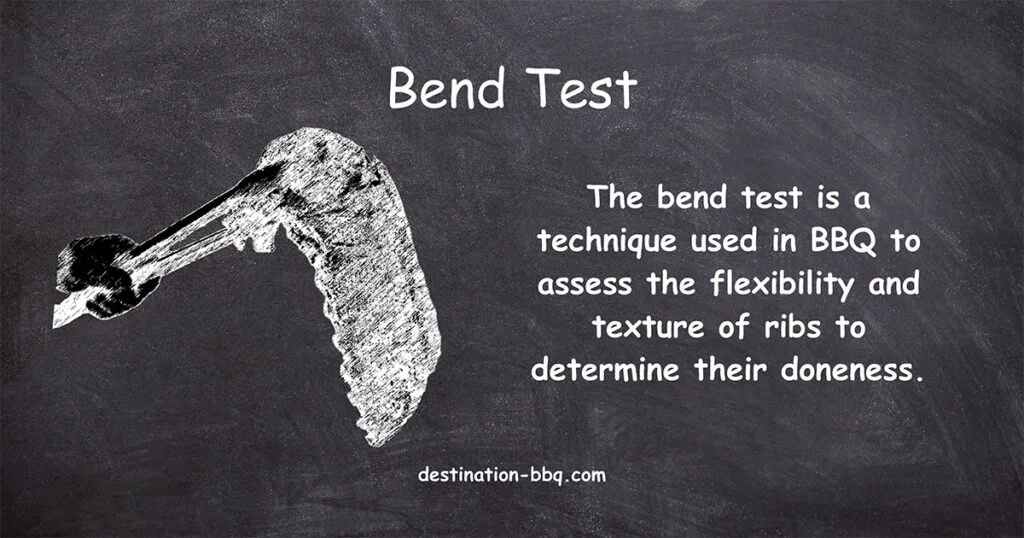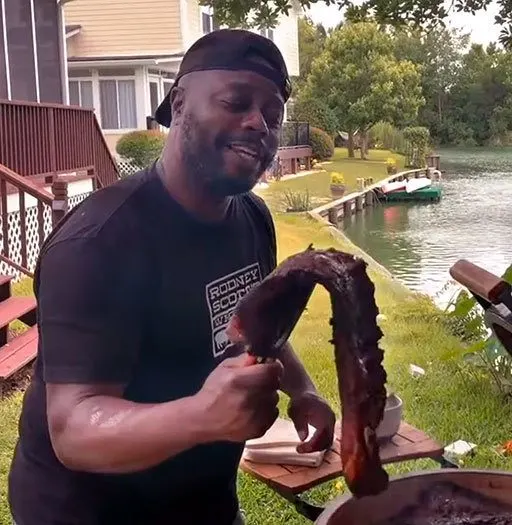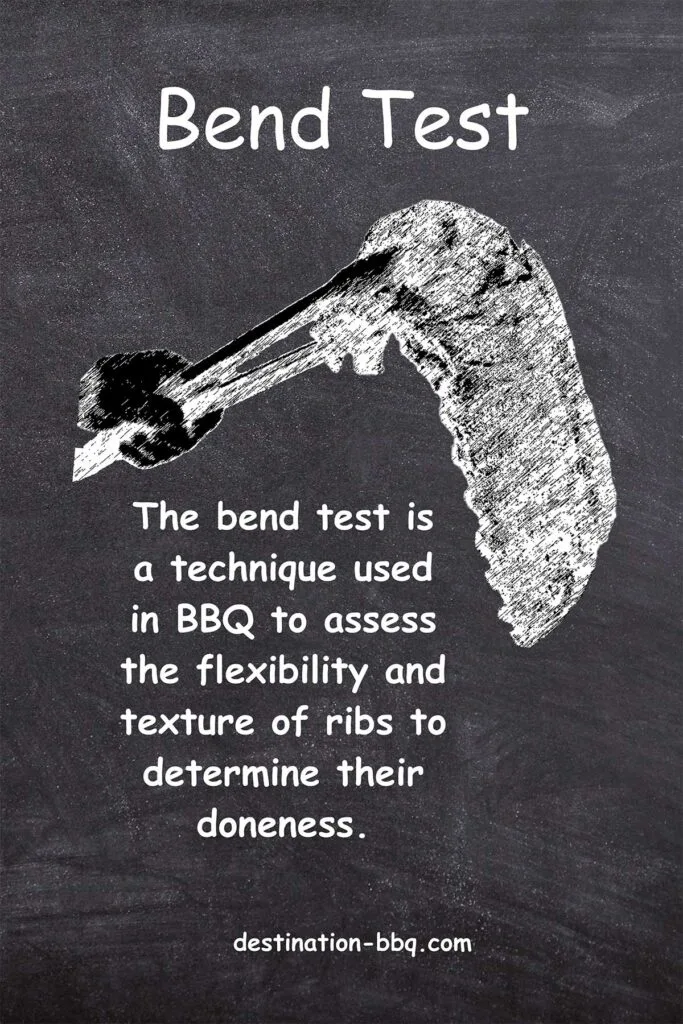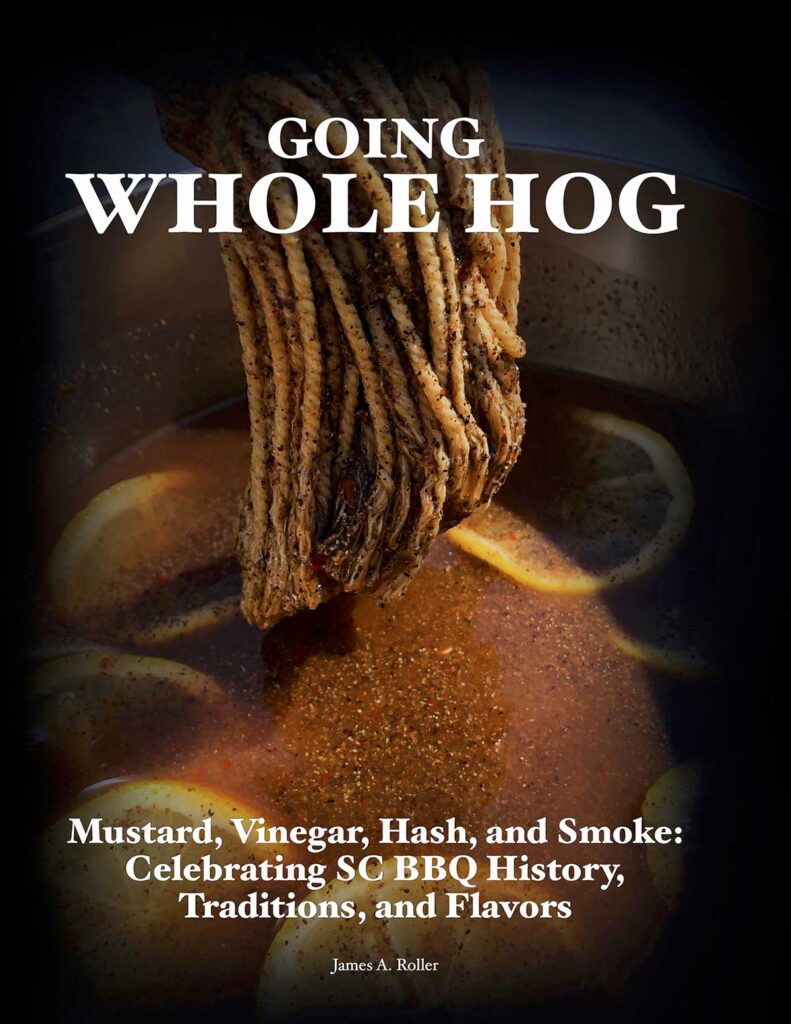
What is the Bend Test?
The bend test is a technique used in BBQ cooking to determine the doneness of ribs by assessing their flexibility and texture. It involves lifting the rack of ribs with tongs or gloved hands and observing how they respond to movement. Ideally, the ribs should bend without breaking apart, indicating a perfect balance of tenderness and flavor. The bend test helps achieve ribs that are neither undercooked nor overcooked, providing a reliable method for achieving the desired level of doneness.
Key Takeaways
- The bend test is a technique used to determine the doneness of BBQ ribs based on their flexibility and texture.
- It involves gently picking up the rack of ribs with tongs or gloved hands and observing how they bend without breaking apart.
- The ribs should exhibit a slight bend without being too stiff or falling apart, indicating a perfectly cooked rib.
- Most pitmasters consider fall-off-the-bone ribs to be overcooked, making the bend test a valuable tool to achieve the desired level of tenderness and flavor.
Understanding the Bend Test
“The bend test. This is the method I like best. I pick up the slab with a pair of tongs near the center and bounce them slightly. If they are ready, the slab will bow until the meat starts to crack on the surface. A small crack means you need a little more time. It should be close to breaking when you lift the slab.”
Amazingribs.com
Cooking BBQ ribs to perfection can be a challenging task for many home cooks and aspiring pitmasters. Achieving the ideal balance of tenderness and flavor requires skill and understanding of the cooking process. One of the most reliable techniques used by experienced pitmasters is the bend test, also known as the bounce test. In this article, we will explore the bend test in detail, providing you with the info you need to gain confidence in smoking ribs that are cooked just right.

What to Know
The bend test is a technique used to determine the doneness of BBQ ribs based on their flexibility and texture. It involves gently picking up the rack of ribs with a pair of tongs or gloved hands and observing how they respond to the movement. The ribs should bend but not break apart, indicating a perfect balance of tenderness and flavor. Most pitmasters consider ribs that fall off the bone to be overcooked, so the bend test is a valuable tool to achieve the desired level of doneness.
Conducting the Test
To perform the bend test, follow these steps:
- Prepare the ribs: Start by seasoning the ribs with your preferred dry rub or marinade. Allow them to marinate for a few hours or overnight to enhance the flavor.
- Cook the ribs: There are various cooking methods for ribs, such as grilling, smoking, or oven baking. Choose the method that suits your preference and equipment. Ensure the ribs are cooked at a consistent temperature to ensure even doneness.
- Check the bend: Once the ribs are close to being done, it’s time to conduct the bend test. Gently lift the rack of ribs from one end using tongs or gloved hands. The ribs should exhibit a slight bend without breaking apart. If they flex too much or easily tear, they may be undercooked. If they show no resistance to bending or fall apart, they are likely overcooked.
According to Joe Clements from Smoked BBQ Source, “To check if your ribs are ready using the bend test, you’ll need to pick them up with your grill tongs at the center of your slab. Slightly bounce them and look carefully to see if the meat starts to crack on the surface. Ideally, as soon as you lift up your slab you should feel that the meat is close to breaking, then with a little bounce, it should crack through. If you don’t get that feeling and only a short crack occurs, give your ribs a little bit longer.”
Interpreting the Results
The results of the bend test can provide valuable insights into the doneness of your ribs:
- Perfectly done: When the ribs bend without breaking and the meat holds together but easily pulls away from the bone, it indicates that they are perfectly cooked. This level of tenderness ensures a satisfying texture and allows the flavors to shine.
- Undercooked: If the ribs are stiff and don’t flex easily during the bend test, it suggests they are undercooked. Undercooked ribs may have tough meat and lack the desired tenderness. Continue cooking them until they reach the desired level of doneness.
- Overcooked: Ribs that fall apart easily are considered overcooked. While some people prefer fall-off-the-bone ribs, most pitmasters consider this level of doneness to be overcooked as it may indicate that the meat has become dry and less flavorful. Adjust your cooking time or temperature to avoid overcooking in the future.
BBQ Host advises, “To test ribs for doneness, you can either insert a toothpick into the center of the rack or lightly bounce the rack on the grilling grate. If the toothpick goes in and out easily, or if the rack bends slightly when you bounce it, the ribs have probably reached the right consistency.”
Fine-Tuning the Bend Test
Achieving consistent results with the bend test requires practice and experience. Here are some tips to fine-tune your bend test technique:
- Keep notes: Each cooking session presents an opportunity to learn and improve. Take notes on the cooking time, temperature, and observations during the bend test. This will help you adjust your cooking technique for future reference.
- Experiment with different cooking methods: Different cooking methods can yield different results. Experiment with grilling, smoking, or oven baking to find the method that suits your taste preferences and equipment.
- Use a meat thermometer: While the bend test is a reliable technique, using a meat thermometer can provide an added level of accuracy. Insert the thermometer into the thickest part of the meat, away from the bone, and ensure it reaches the desired internal temperature.
- Practice patience: Achieving the perfect doneness with ribs takes time and patience. Rushing the cooking process can result in less desirable results. Allow the ribs to cook slowly and take the time to perform the bend test at different stages of cooking to monitor their progress.
Final Words
The bend test is a valuable technique for determining the doneness of BBQ ribs. By observing the flexibility and texture of the ribs, you will soon learn the signs that the bend test provide.
Through practice and experimentation, you’ll become more adept at conducting the bend test and achieving consistent results. Take note of your cooking methods, temperatures, and observations during the test to fine-tune your technique. With time, you’ll gain confidence in cooking ribs that are tender, flavorful, and perfectly done.

